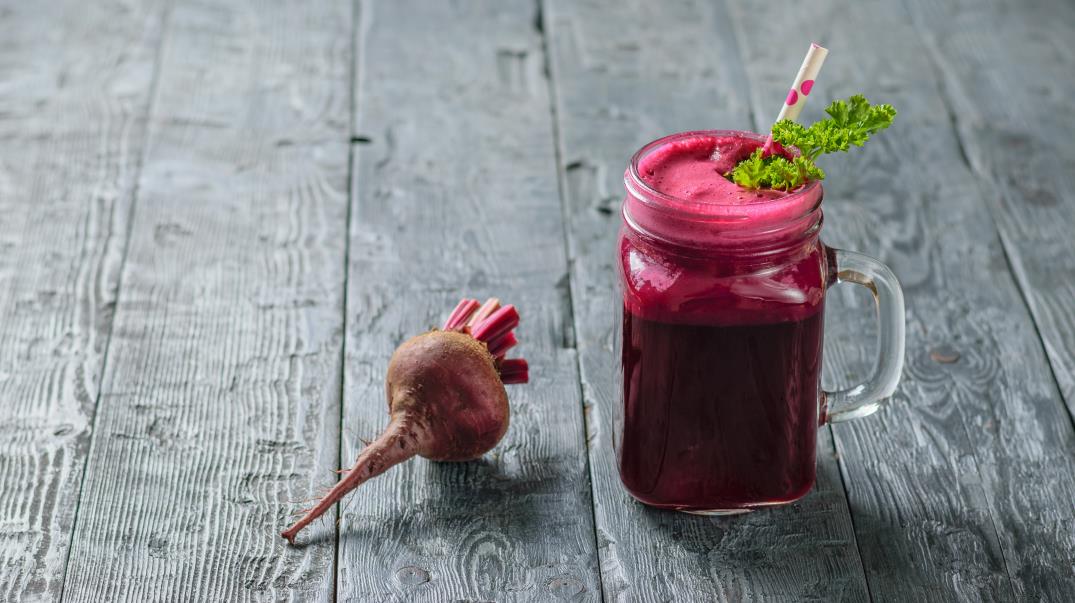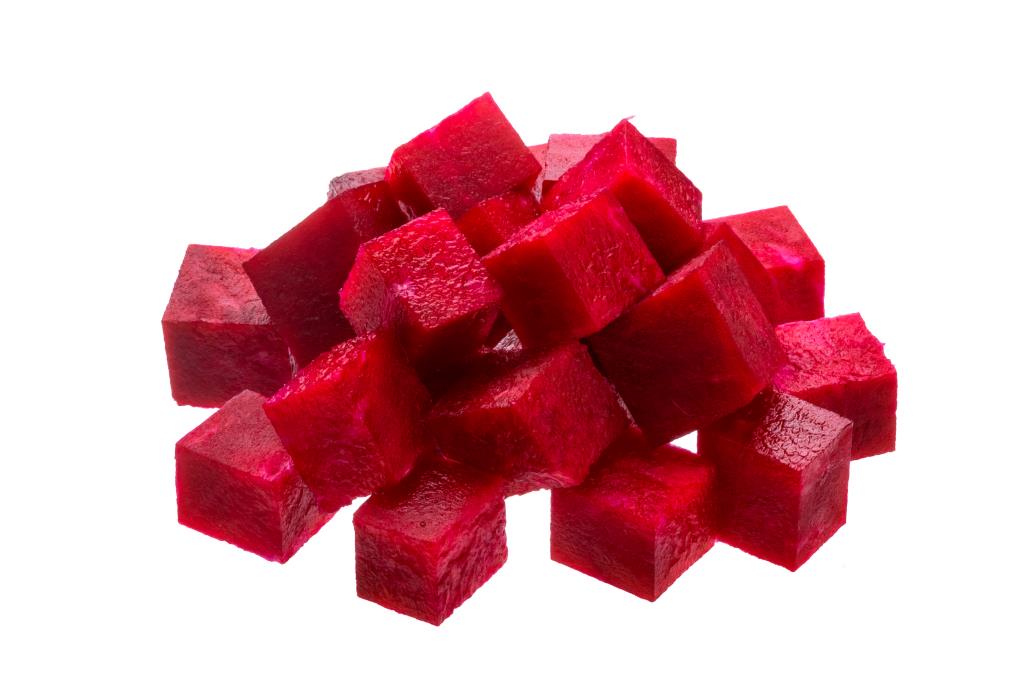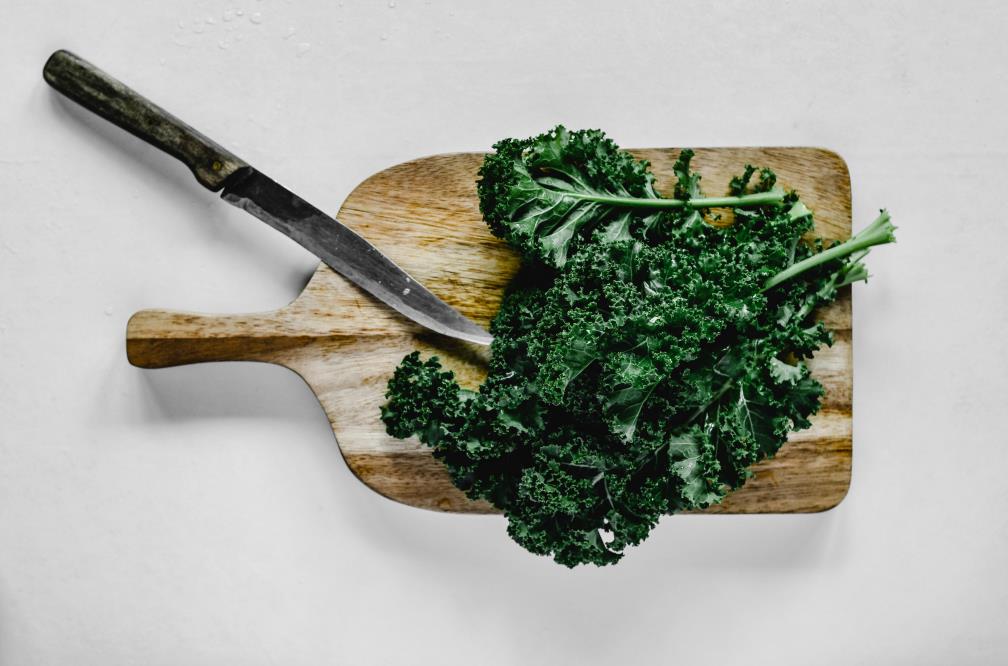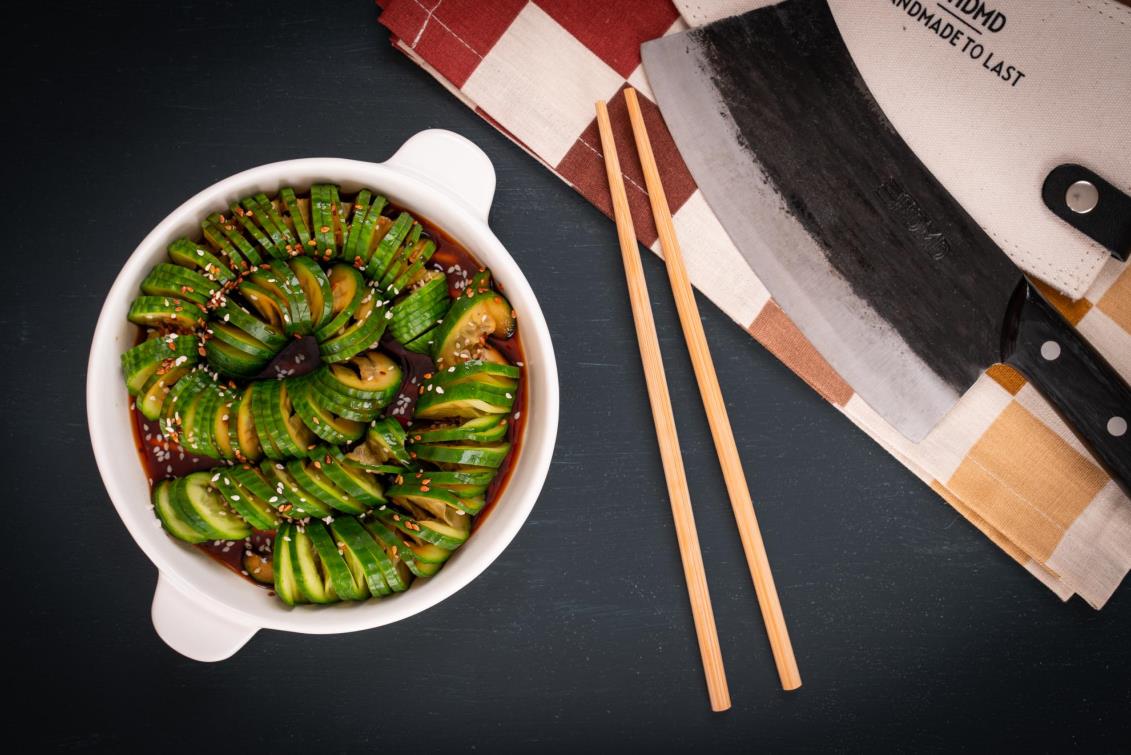Beets are one of the hidden gems of the vegetable world and sadly underused.
Whether you know them as beets, beetroot, or just that vegetable that you pass over in the vegetable aisle, it’s time we enlightened you to the awesomeness of beets! This article is going to cover simple hacks and guidelines to make beet prep, cutting and serving dead easy.
Table of contents
Prepping beets
Let’s start with the beets as they are, sitting on your counter from the shop. The first step we want to take is cleaning and trimming. Here’s how:
- Using a sharp knife, you’re going to cut both ends or ‘poles’ off each roundish beet, so you’re trimming off the ends. About ½ inch sliced off each end.
Top Tip: Beet juice will stain your chopping board, so either put a thin layer of vegetable oil over the board surface before cutting beets or cut the beets on something like a layer of newspaper placed on the chopping board.
- Next, we want to remove dust and debris from the beet skin so we’re going to rinse the beets thoroughly under running water at the sink. Your hands or a vegetable brush can be used here to loosen dirt.
Top tip: Buy yourself a sanding sponge for scrubbing veggies, fine to medium grit so that you can scrub your veg at the sink. The sanding sponge will remove dirt, and take off veg skin, so you just saved yourself a peeling job! When you’re done using your sanding sponge rinse it out, squeeze some bleach water through it and you can reuse it next time.
- After giving the beets a final rinse, let them drain in a sieve or colander to remove excess water.
Peeling beets – quick and easy if you know how!

Firstly, it is NOT necessary to peel trimmed and washed beets. The skins contain valuable fiber which is good for you.
However, if you don’t like the peel or want peeled beets for presentation purposes, here are some handy hacks!
Blanching method
- Score (cut) each beet on one end with a cross, so one end has an ‘X’ through the skin.
- Put the scored beets into a pot of boiling water and flash boil for about a minute.
- Remove the beets from the boiling water carefully with a slotted spoon, and the peels should be easy to just pick off with your fingers. Wait until the beets are fully cooled before handling!
Peeler method
Simply use a potato peeler to peel the beets, remember to cover your surfaces with something protective like newspaper so that the beet peel doesn’t stain.
Paring knife method
You can scrape the skin off beets while they’re still warm from cooking by using a paring knife.
Ziploc bag method
Roast your beets whole, cut an ‘X’ in one end and place them into a Ziploc bag while they’re still warm. Then you can massage the beets through the plastic of the Ziploc bag and the peels will slide right off!
Cutting beets – here’s how!
You’ll need a sharp chef’s knife here and your chopping board, protected from beet juice by a protective layer like parchment paper or newspaper.
For all these cutting methods, you will have trimmed the poles of the beets, washed, and perhaps peeled them as described before in this article.
Cutting beets with the best knife
True cutting power in the palm of your hand
Cutting beets into round slices
- Hold a beet firmly on its side on your chopping board with your non – chopping hand.
- Starting at one end of the beet, you’re going to slice straight down right through the beet in increments. So, one slice, then a small space, then slice down again to achieve another slice.
- You will be slicing crosswise or widthways across the beet.
- Slices close together will give thin slices of beet, whereas slices more widely spaced will give thick slices of beet.
- Slice the beets into rounds of the thickness you want and continue until all your beets are sliced.
Cutting beets into wedges
- Holding the beet firmly on its side, find the middle of the beet and cut through it lengthwise. This will give two halves of beet.
- Now slice each half of beet again, also along its length or lengthwise, this will give you four quarters or wedges of beet.
- If the wedges are still too large for your taste, you can slice each quarter lengthwise again into eighths, giving very thin wedges.
Cutting beets into cubes

- Firstly, cut the beets into thick round slices as outlined in method 1.
- Stack the slices of beet on top of each other neatly.
- Holding the pile of slices together with the fingers of your non – chopping hand, use the knife to slice across the pile in increments. Continue cutting until you’ve gone all along the slices of beets and now have sticks of beet.
- Now hold the sticks of beet together and turn them so that they’re lying horizontally in a pile on your board.
- Now, moving across the sticks vertically, cut down through the pile in increments, this will give you blocks/cubes of beet to use.
Grating beets
Raw, grated beets are widely used for salads because they’re both tasty and colorful on the plate. To grate beets, they need to be trimmed, washed and with the peel (or most of it) removed.
Coarsely grated beets: Use a box grater.
- Holding the grater firmly on your chopping board, press the flat side of the beet to the grating teeth and move it up and down the side of the grater with firm and even strokes.
- Collect the grated beet when you’re done by sliding it onto the side of your chef’s knife or scraping it off the board with a spatula.
Finely grated beets: Use a rasp or paddle style grater.
- Cut a beet in half and place it flat side down on your board so that its secure.
- Next, take the rasp grater and run it along the beet in firm lengthways motions, keeping a firm and consistent pressure.
- Continue grating in this fashion until the whole beet is grated.
- You can collect the grated beet from the chopping board with the side of your chef’s knife or with a spatula. If using a knife, be sure to always slide the edge of the blade away from yourself to prevent cuts.
Cooking beets – quick and easy instructions

Roasted beets
You can roast beets either whole or cut into wedges. The beets should be washed and trimmed off their ends. There is no need to peel them before roasting.
Method:
- Make sure the beets are entirely dry and toss them in a large bowl with a dash of oil and your preferred seasoning.
- Use a foil lined baking sheet or tray on which to roast the beets.
- Wrap whole beets in foil or simply put the wedges onto the foil.
- After placing the oiled and seasoned beets onto the tray, bake in the oven at 400 F. For whole beets roast for around 50 minutes, for beets in wedges/pieces 30 minutes should be adequate.
- Test the flesh of the beets with a fork to ensure that they’re tender and cooked through.
- Once removed from the oven the skins should slide off very easily if you want to remove these.
Microwaved beets
- Small to medium beets are best done this way. The beets should be washed, trimmed, and peeled if desired.
- Place your beets into a microwave safe dish and season as desired. Put ½ inch hot water into the bottom of the dish and cover the top of the dish tightly with clingfilm pierced twice with a fork.
- Microwave on high for around 12 minutes, every microwave is different, but you can check their tenderness with a fork now and again. If the beets are still a bit hard, simply microwave again for another 2 or 3 minutes.
Boiled beets
Boiling your beets will mean you’ll lose a bit of their intense color.
- Put the cleaned and trimmed beets into a pot and cover them with water.
- Bring the water to a boil, then reduce the heat to a simmer.
- Simmer the beets for around 45 minutes, checking now and again with a fork if they’re tender.
- When they’re tender remove them from the heat and drain them entirely of water. At this stage the peels will come off easily if you want them skinless.
- Season and serve the beets as you desire.
Beets FAQs
What do beets do for my nutrition?
Beets are very low in saturated fat and cholesterol, and high in vitamin C, magnesium, iron, and dietary fiber.
When are beets in season?
Beets are harvested twice annually, so they’re best either around May/June or at the later harvest in September/October.
What’s the best way to store beets at home?
Beets will last for 2 weeks in the fridge if stored unwashed in a plastic bag. Freeze them for a couple of months by cutting the beets into pieces, placing in a freezer safe bag, and sealing them well.
In conclusion
Beets are packed full of glorious color and colorful veg translates into superior health – giving properties! Easy to prepare and cook, these often overlooked veg friends really deserve a place at your table.
Do explore this site further for informative articles on getting the best out of numerous veg varieties and cutting them with ease!












